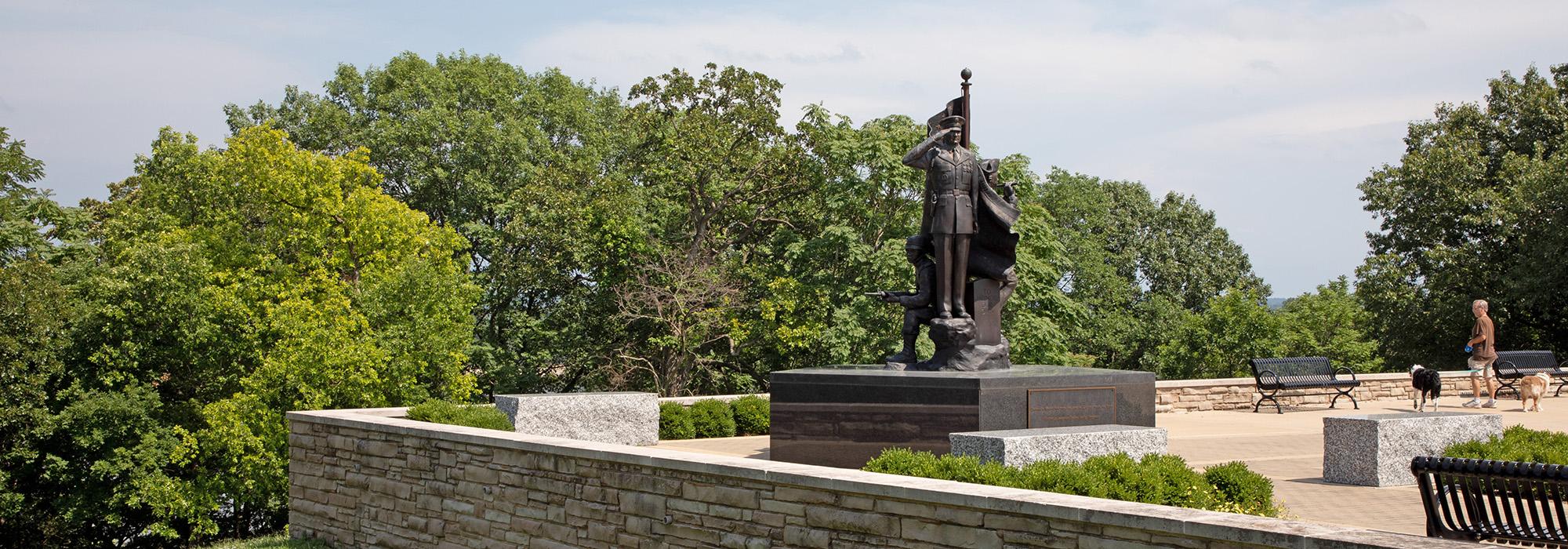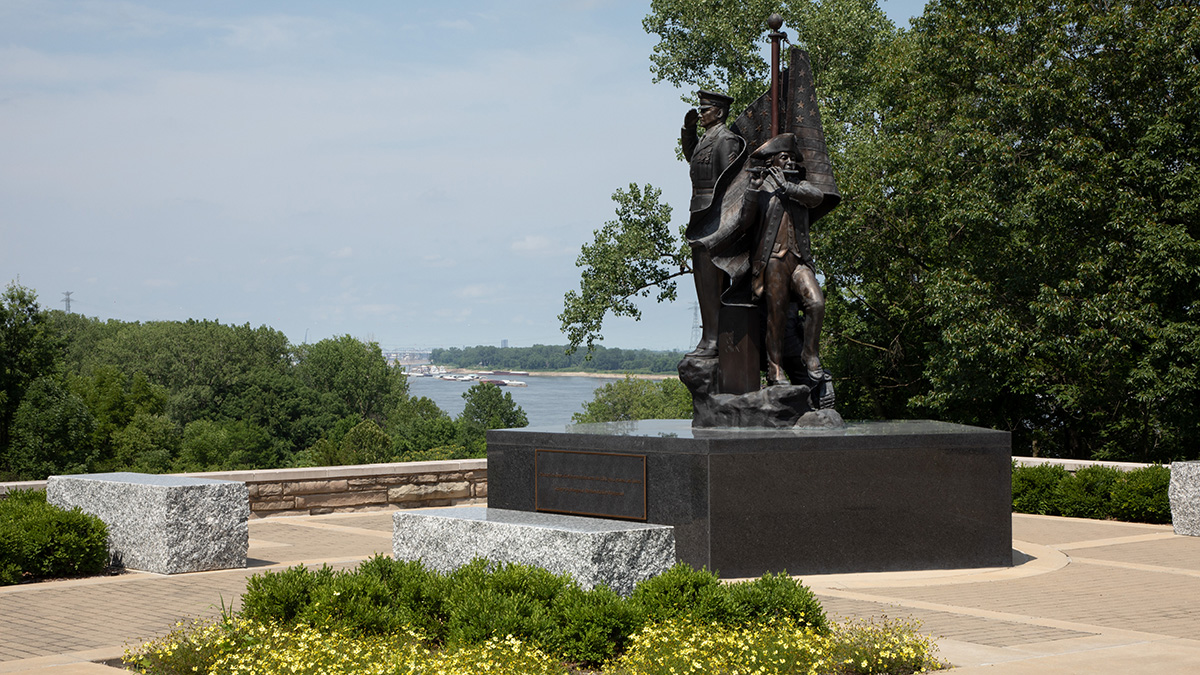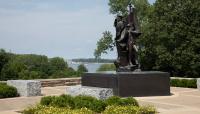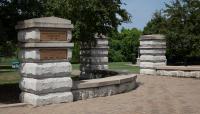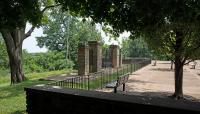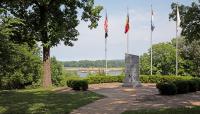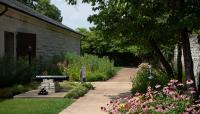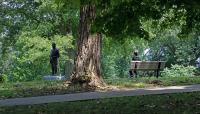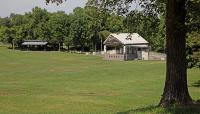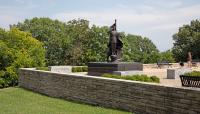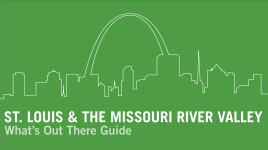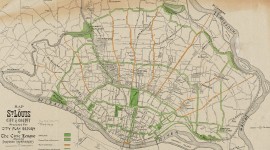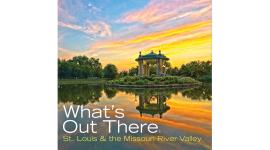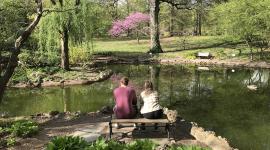Landscape Information
In 1826 the United States Army established a military post approximately ten miles south of St. Louis on a high plateau overlooking the Mississippi River. The 1702-acre installation, named for Thomas Jefferson, replaced Fort Belle Fontaine approximately 25 miles to the north. Bolstered by an abundance of on-site resources, the post played a pivotal role in the westward expansion of the United States. By the 1850s a U.S. Army Ordnance Corps occupied the northern portion of the site while the U.S. Cavalry utilized the southern area. In 1863 the Jefferson Barracks Post Cemetery was established, incorporating the site’s earlier burial ground. In 1946, the post was deactivated. Soon after, 187 acres were transferred to the Missouri National Guard and 299 acres given to St. Louis County. The county dedicated Jefferson Barracks Historical Park and Sylvan Springs Park in the early 1950s, with the last major addition to the park in 1969.
Today, Jefferson Barracks Park includes significant historic structures, landscape features, and memorials. Several historic buildings house museums, including the Missouri Civil War Museum, the Jefferson Barracks Telephone Museum, the Old Ordnance Room, and the Powder Magazine Museum. The latter is abutted by a patio designed by landscape architect Emmett Layton in 1961, with a bronze memorial added in 2017. The park also includes pavilions, ball fields, and hiking trails that bisect second growth forests and fields.
While much of the historic character of the nearly 70-acre Sylvan Springs Park has been erased, a stone “beverage garden,” built by the Sixth infantry in 1939, survives. Covering an acre, it incorporates an existing spring and features retaining walls, an amphitheater, and a small bridge. The Jefferson Barracks National Cemetery, south of the parks, now encompasses 310 acres. Jefferson Barracks Historic District was listed in the National Register of Historic Places in 1972. The park serves as the southern terminus of the Mississippi River Greenway.



